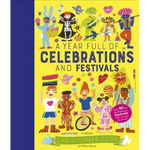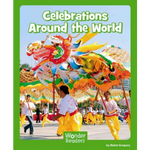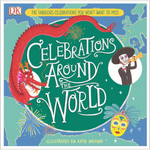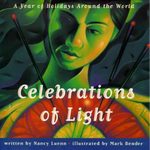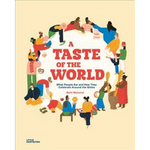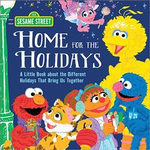
As we enter December, we're entering the peak of holiday season and there are so many things to celebrate and learn about!
Learning about holiday celebrations throughout the world allows us to build love, empathy and respect for people from different cultures and communities throughout the world. And learning always lets us expand our horizons.
For example, you've probably heard of Hanukkah, Christmas, and Kwanzaa, but, did you know that those three holidays are only the tip of the worldwide winter celebration iceberg?
The winter season is a season for celebration throughout the world and there are so many other Holidays that take place in December and January.
Today we'll learn some quick facts about a lot of winter holidays but we hope to spark your interest and encourage you to check out some of the great resources available at your local library to continue learning about winter holidays and celebrations around the world.
- Hanukkah
-
Image

-
Hanukkah (also known as the Festival of Lights) is an eight-day Jewish celebration that honors the rekindling of the lamp at the Holy Temple in Jerusalem. Tradition states that the lamp was lit with oil that should have barely lasted one day, but that lasted a full eight days instead.
-
In 2021, Hanukkah will take place from November 28th to December 6th. The dates of Hanukkah can change from year to year because the dates are based on the lunisolar (moon & sun) Hebrew calendar.
-
Some of the most well-known elements of Hanukkah celebrations include the lighting of the Menorah, playing the game of Dreidel, and enjoying special holiday treats such as Latkes (potato pancakes), Sufganiyot (donuts filled with jelly and topped with powdered sugar), and Gelt (chocolate coins).
Image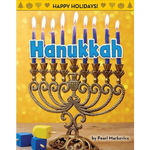 Image
Image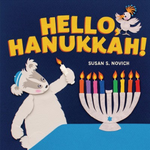 Image
Image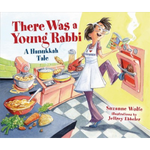 Image
Image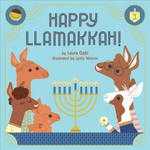 Image
Image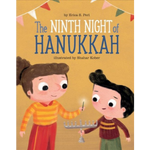 Image
Image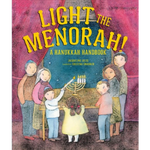
-
- St. Lucia's Day
-
Image

-
St. Lucia's Day is a holiday celebrated on December 13th in the Scandinavian countries of Norway, Sweden, and Finland. The holiday honors a Christian Martyr & Saint but is also considered a festival of lights that marks the start of the Christmas season.
-
During the celebrations, towns select young girls to play the role of Lucia. This young girl (dressed in white with a red sash and a candle-lit wreath on her head) will lead processions of other children (also dressed all in white). These processions mark the start of the day's festivities.
-
At home, families with daughters will often select the eldest to wear all white for the day and to serve coffee and treats to family and guests. Pepparkakor (thin ginger cookies) and Lussekatter (sweet buns made with saffron and raisins) are the most popular treats associated with St. Lucia's Day.
Image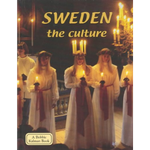 Image
Image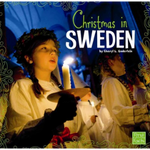 Image
Image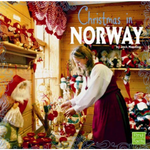
-
- Las Posadas
-
Image

-
Las Posadas is a chiefly Mexican tradition celebrated in the nine days (December 16 to December 24) just before Christmas. The celebration honors the 9 months of the Virgin Mary's pregnancy as well as the search for lodgings (posadas) which Mary and Joseph undertook on Christmas Eve.
-
Traditionally, two people are chosen to act as Mary and Joseph and (usually accompanied by a real Donkey or pony) they lead a procession of friends and family (often holding candles or Poinsettia flowers) to a different home each night. Once the procession arrives at the final house (sometimes a church) and the couple is let in, the celebrations are enhanced with prayers, songs, and other festivities that usually include star-shaped piñatas (traditionally made of clay).
-
After the piñata (usually filled with sweet treats and seasonal candies) has been broken open, everyone sits down to a large dinner that usually consists of Romeritos (baked shrimp) and Bacalao (dried & salted Codfish), Tamales, Ponche (a hot fruit tea), Atole (a hot corn-based drink that sometimes includes chocolate), and Buñuelos (fritters fried and coated in cinnamon-sugar).
-
Though this particular tradition is Mexican, similar traditions are celebrated throughout the Catholic world and include Panunulúyan in the Philippines and La Novena de Aguinaldos in South America.
Image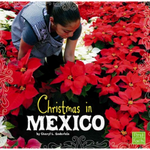 Image
Image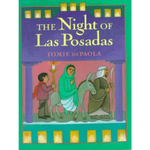 Image
Image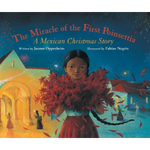 Image
Image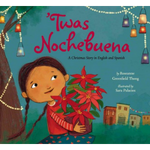 Image
Image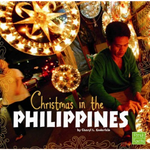
-
- Winter Solstice
-
Image

-
The astronomical change from Fall to Winter is called the Winter Solstice. During the Winter Solstice the Sun travels the shortest path through the sky resulting in the shortest day and longest night of the year. The Winter Solstice falls on December 21st.
-
Celebrations honoring the Winter Solstice are among the oldest celebrations in the world as people from many different religious and secular traditions celebrate the gradual end of Winter's Darkness signified by the Winter Solstice.
-
The Pagan-Germanic celebration of the Winter Solstice is called Yule and begins on the night of the Winter Solstice and ends on January 1st. Many traditions which are commonly associated with Christmas today, can be traced back to Yule celebrations. These include: Christmas trees, Mistletoe, Holly, stockings, feasts, gift-giving, and yule logs.
-
On the whole, the Winter Solstice may be one of the most widely celebrated winter holidays though the celebrations vary greatly from one culture to the next.
-
In Iran, Yaldā Night is celebrated with poetry and feast of fruits like pomegranates and watermelon.
-
Many East Asian countries celebrate the Dōngzhì Festival with family reunions, rice cakes, dumplings, and Tangyuan (balls of sweet glutinous rice).
-
In Japan, Toji is celebrated with a number of traditions meant to call forth the sun (large bonfires), foster good health (yuzu scented baths), and bring good luck (eating kabocha squash).
-
The Native American Pueblo Peoples (Zuni & Hopi) of the American Southwest celebrate Soyal as a new beginning; calling for blessings and purification for their communities.
-
Image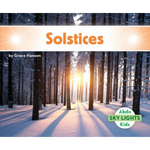 Image
Image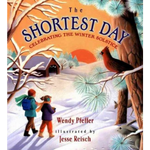 Image
Image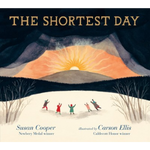 Image
Image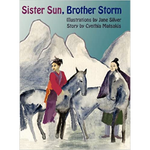
-
- Christmas Eve & Christmas
-
Image

-
Both Christians and non-Christians the world over celebrate Christmas Eve and Christmas with large celebrations on December 24th & 25th.
-
The traditional religious celebration of Christmas is meant to honor the birth of Jesus Christ (son of God) to the Virgin Mary. Today, however, it is common for many secular families to celebrate Christmas as a time for family get-togethers, festive décor, and gift-giving.
-
An important part of today's Christmas traditions is Santa Claus. Though he evolved from a number of historic and folkloric characters (St. Nicholas, Father Christmas, Sinterklaas) from both Christian and Pagan traditions, today Santa is recognizable the world over! Santa is said to travel the world each Christmas Eve in his sleigh pulled by flying reindeer to deliver gifts to all the well-behaved children. Though even today representations of Santa can differ, he is usually instantly recognizable through his red suit, white beard, and jolly laugh. Ho, ho, ho!
-
Well-known Christmas traditions include Nativity scenes, caroling, homes decorated with evergreen trees, wreaths and lights, milk and cookies to welcome Santa Claus on Christmas Eve and large feasts consisting of turkey, ham, stuffing, and various dessert pies.
-
Christmas traditions vary throughout the world! Here are a couple you might not know:
-
In most Hispanic countries, people celebrate Christmas Eve as Noche Buena (Good Night) and the night is usually considered the most important night of the Christmas season with most families hosting their large feasts and parties that evening rather than the next day.
-
Though Christmas is not widely celebrated in Japan, a commercial tradition developed in 1974 wherein having fried chicken (specifically from KFC) became a Japanese Christmas staple.
-
In Britain, Australia, New Zealand, and Canada, Boxing Day is celebrated on December 26th. Though traditionally a day when servants and other tradespeople were given the day off (and boxes of goodies) to spend with their families, today Boxing Day has become a great day for sporting events and charitable works.
-
Image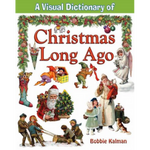 Image
Image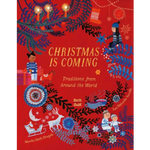 Image
Image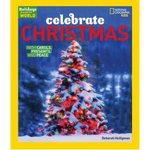 Image
Image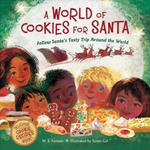 Image
Image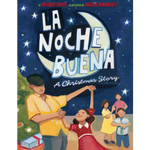 Image
Image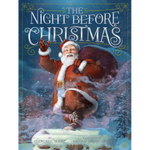
-
- Kwanzaa
-
Image

-
Contrary to most of the holidays we have discussed thus far, Kwanzaa is not a religious holiday but rather a cultural holiday. Kwanzaa is celebrated from December 26th to January 1st and is meant to honor, empower, and unite the African American community. Though some choose to celebrate Kwanzaa instead of other holidays, many choose to celebrate Kwanzaa alongside other winter celebrations.
-
Based (in part) on traditional African harvest festivals, celebrations of Kwanzaa also includes celebratory Mazao (crops) like Mahindi (corn) and Zawadi (gifts) though cultural value, education, and African unity should be the first consideration even for gifts.
-
Like in other winter celebrations, light is an important part of Kwanzaa as exemplified by the Kinara (candle holder). The candles on the Kinara represent the colors of Kwanzaa (black for the people, red for their struggle, and green for the future that comes from their struggle) as well as the Nguzo Saba (seven principles of African Heritage):
- Umoja (unity)
- Kujichagulia (self-determination)
- Ujamaa (cooperative economics)
- Kuumba (creativity)
- Ujima (collective work and responsibility)
- Nia (purpose)
- Imani (faith)
Image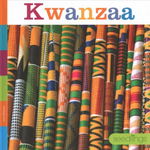 Image
Image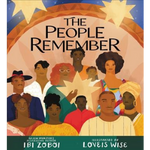 Image
Image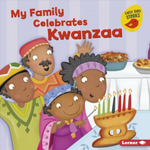 Image
Image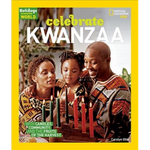 Image
Image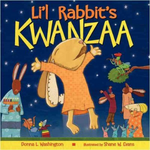 Image
Image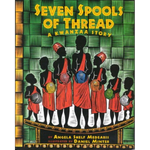
-
- New Year's Eve & New Year's Day
-
Image

-
When the clock strikes midnight on December 31, people the world over celebrate the start of a new year! A new year means a chance to start anew with hope for happiness, health, and good luck.
-
In the United States, we usually celebrate the new year with music, parties, a countdown to midnight, fireworks, and hugs and kisses with our loved ones. We also often start off our year with resolutions or goals to change or improve something about ourselves or our lives.
-
Though many places around the world celebrate similarly, there are also so many unique ways that people ring in the New Year:
-
In Japan, the last day of the year (Ōmisoka) is super important. People clean their houses, do laundry, and take cleansing baths. They believe the best way to welcome a new year is with positivity and a clean slate! A hearty meal of Toshikoshi soba noodles is also traditional.
-
In Scotland, Hogmanay is celebrated with gift-giving and visits from friends and family. A special honor is given to the "first-foot" or first person to visit in the new year. It is said, that this person can bring good fortune for the year ahead.
-
In Spain and many Hispanic countries, it is traditional to eat 12 grapes at the stroke of midnight for good luck and prosperity in the coming 12 months.
-
In Greece, onions and pomegranates are symbols of rebirth, luck and prosperity so New Year's Eve often means strings of onions and pomegranates hanging from all the doors of the neighborhood. Traditionally, the first person to enter the house in the new year smashes the pomegranate against the door to cement the good luck.
-
In Colombia and other countries in South America, people create scarecrows, or balloon dolls to represent "el año viejo" (the old year) and burn or pop them on New Year's Eve to represent leaving the past behind.
-
-
It's also important to remember that though many people celebrate the new year on January 1st, there are people all over the world who celebrate the new year on different days based on different mathematical or astrological calendars. Learning about New Year celebrations around the world and all year long is fascinating!
Image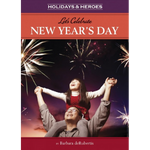 Image
Image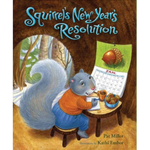 Image
Image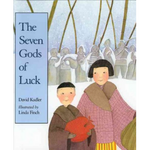 Image
Image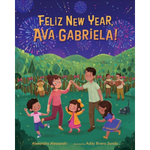 Image
Image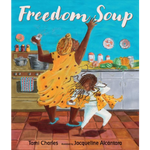 Image
Image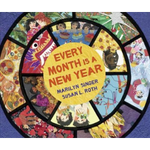
-
- Día de los Reyes
-
Image

-
For many people, the holiday season is over when New Year's Day has passed. However, for many followers of the Catholic faith, the season doesn't end until the Epiphany on January 6 and in many Hispanic countries, the Epiphany is celebrated as "Día de los Reyes" (Three Kings Day).
-
Historically, Día de los Reyes celebrates the day that the three wise men visited the baby Jesus to bring him gifts of gold, frankincense, and myrrh.
-
Celebrations for Día de los Reyes can vary from country to country but they can include:
-
Parades with actors playing the parts of the Three Wise Men and riding on real camels. They often have bags of candies to throw to the children along the parade route.
-
Traditionally, many Hispanic Catholic families did not celebrate the idea of Santa Claus so, for children, Día de los Reyes represented an opportunity to receive gifts. These days however, many Hispanics celebrate Santa Claus as a part of their Christmas traditions in addition to also celebrating Día de los Reyes. Even so, children will often still receive most of their Christmas season gifts on January 6th.
-
As tradition goes, on Víspera de Reyes (Three Kings Eve), children will leave snacks and hay for the camels of the Three Wise Men and in the morning the treats will have been replaced with gifts and other goodies.
-
In South America, children usually leave a clean shoe (to be filled with gifts) along with water and grass (for the camels) just outside their front door.
-
In Puerto Rico, kids fill a box (often a shoe box) with hay or grass and leave it under their beds.
-
In Spain and Mexico, the day is also celebrated with a “Rosca de Reyes” (Wreath of the Kings). This sweet cake filled with dried fruit also contains a small figure of the baby Jesus. In Mexico, whoever finds the baby Jesus gets the honor of providing the tamales for the celebrations of Día de la Candelaria on February 2nd.
-
-
-
In Italy there is the legend of Befana which is closely associated with the epiphany as well. Befana is a kindly woman who hosted the Three Wise Men on their journey and then strove to bring treats to the baby Jesus herself. Today, Befana travels throughout Italy leaving treats in the stockings of well-behaved children on the night of January 5th.
Image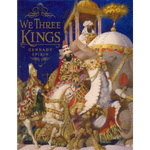 Image
Image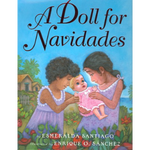 Image
Image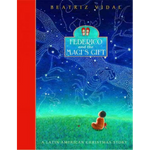 Image
Image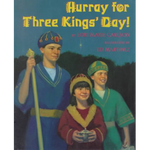 Image
Image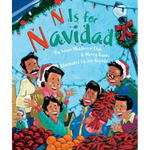 Image
Image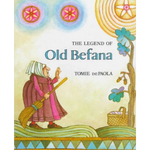
-

Really can't get enough? Check out these resources on international holidays all throughout the year:
